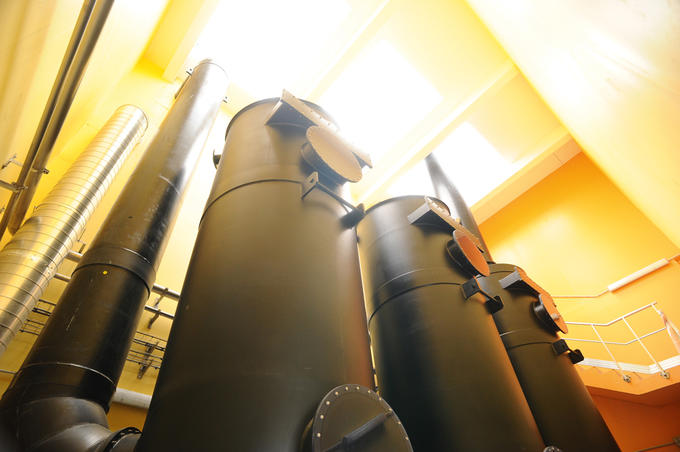air treatment

Sludge and urban wastewater treatment can emit, in more- or less-significant proportions, undesirable airborne emissions. For example, concentrations of hydrogen sulphide (H2S) are sources of significant olfactory pollution likely to negatively impact the welfare of local residents if these is not retrieved and treated during treatment phases.
For the municipality, quality of life concerns constitute an important political issue, add to this the dangers caused by heavily concentrated emissions, whether it be for the health and safety of factory personnel, or the state of the installations themselves.
SUEZ’s water treatment specialists offer variety of technologies to limit odorous releases :
- Odour collection as near as possible to where releases occur
- Odour treatment
- Dispersion of odours, in order to reduce the olfactory impact of a wastewater treatment plant through dilution of odours only.
Odour monitoring, comprised namely of an atmospheric dispersion modelling platform.
Bookmark tool
Click on the bookmark tool, highlight the last read paragraph to continue your reading later












